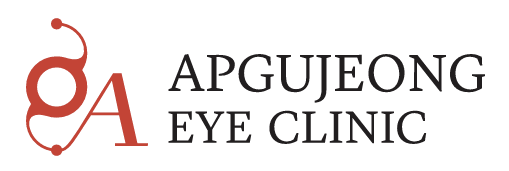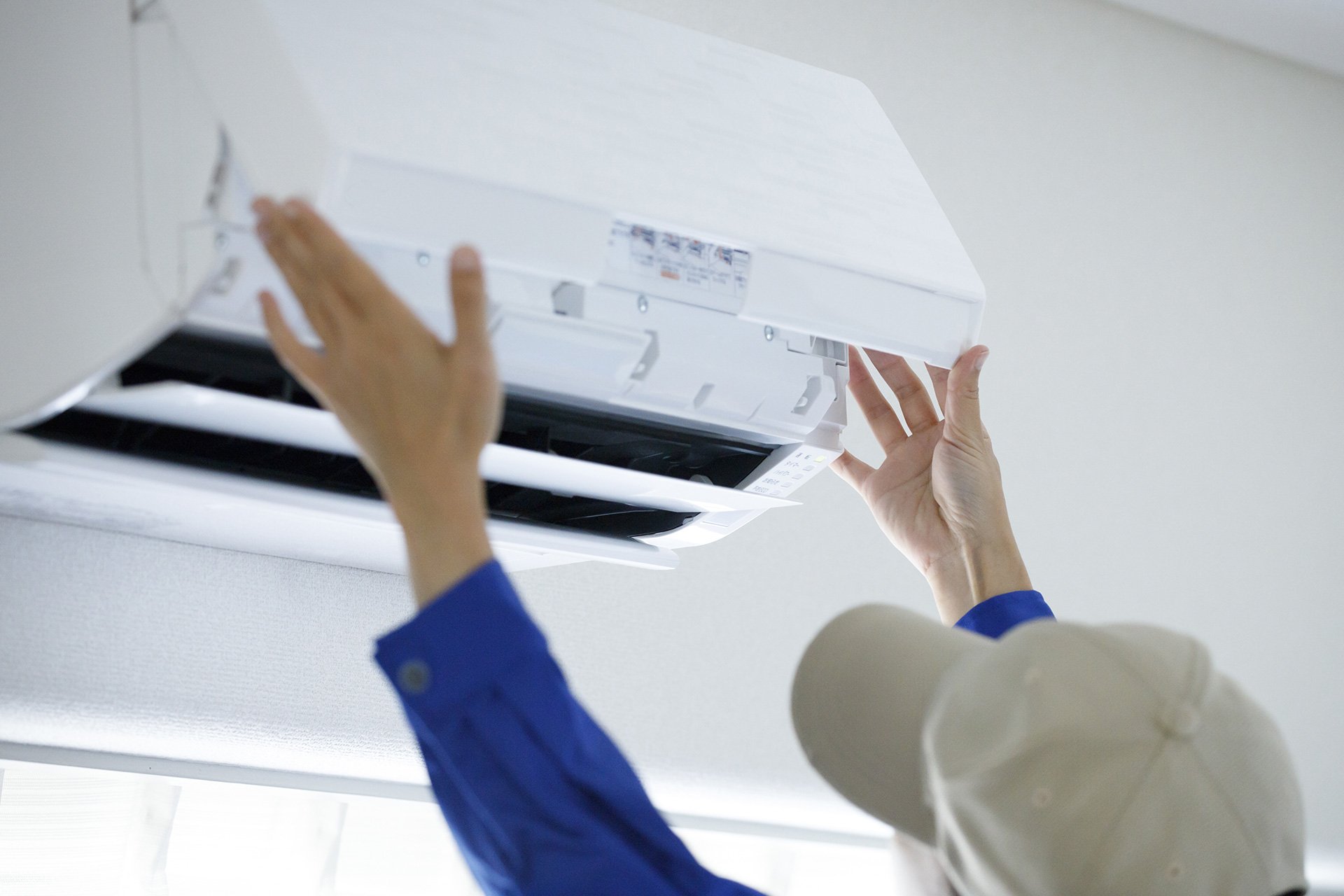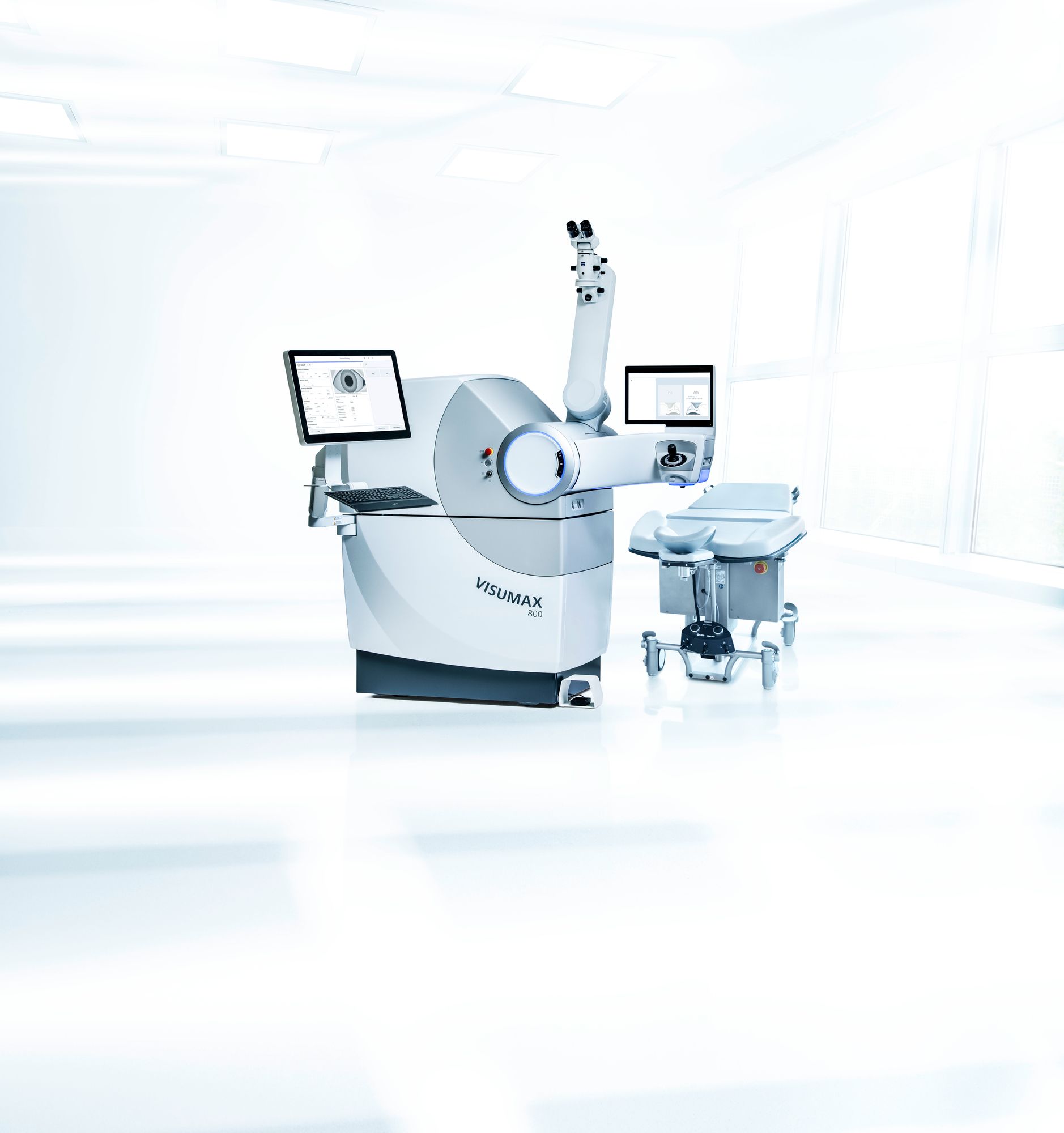LASIK vs LASEK in Korea: Pros, Cons, and Recovery Differences
LASIK vs LASEK in Korea: Pros, Cons, and Recovery Differences
Korea is a global leader in laser vision correction, with advanced diagnostics and experienced surgeons. If you’re choosing between LASIK and LASEK, this guide explains who each suits best, what to expect during recovery, and how to decide confidently.
What’s the Core Difference?
- LASIK: A thin corneal flap is created, the cornea is reshaped with a laser, and the flap is repositioned.
- LASEK: The surface epithelium is gently loosened and moved aside (no deep flap). The laser reshapes the cornea and the epithelium is set back to heal.
Who Is a Good Candidate?
- LASIK: Great for people with adequate corneal thickness, stable prescriptions, and a desire for very fast visual recovery.
- LASEK: Often recommended for thinner corneas, people in contact sports or high-impact environments, and those who prefer to avoid a corneal flap.
Pros of LASIK
- Fast vision recovery: Many patients achieve functional vision within 24–48 hours.
- Minimal discomfort: Mild dryness or irritation early on is common but typically short-lived.
- Convenience: Quick procedure, widely available across major Korean eye centers.
Cons of LASIK
- Flap considerations: Rare flap-related issues can occur; early trauma should be avoided.
- Dry eye tendency: Temporary dryness is more common in the first weeks.
- Not ideal for thin corneas: Screening may steer you to LASEK or another option.
Pros of LASEK
- No deep corneal flap: Reduces flap-related risks, appealing for athletes or military/law-enforcement roles.
- Corneal preservation: Useful when corneal thickness is borderline for LASIK.
- Potential comfort long-term: Some patients report less dryness after full healing.
Cons of LASEK
- Slower recovery: Blurry vision and light sensitivity are typical in the first few days.
- More early discomfort: A protective (bandage) lens is commonly used while the surface heals.
- Longer drop schedule: Steroid/anti-inflammatory drops may be needed for a longer period.
Recovery: What It Feels Like
LASIK Recovery
- Day 0–1: Scratchy sensation subsides within hours; many see well by next day.
- Day 2–7: Vision sharpens; return to desk work is common within 1–2 days.
- Weeks 2–4: Night glare/halos, if present, tend to fade; dryness improves with lubricants.
- 1–3 months: Fine-tuning and stabilization.
LASEK Recovery
- Day 0–3: Light sensitivity, watering, and discomfort are normal; protective lens in place.
- Day 4–7: Comfort improves as the surface regenerates; usable vision returns gradually.
- Weeks 2–6: Visual clarity strengthens; night symptoms decrease.
- 1–3+ months: Ongoing refinement; follow your drop schedule closely.
Pain & Comfort
- LASIK: Typically mild discomfort for a few hours post-op.
- LASEK: Moderate discomfort and light sensitivity for several days are common; managed with medication, cold compresses, and rest.
Activity & Downtime
- Work: LASIK patients often resume desk work in 1–2 days; LASEK patients may need several days.
- Makeup & eye rubbing: Avoid for at least a week (both procedures).
- Gym & sports: Light cardio after a week is common; delay contact sports longer—get a personalized clearance.
- Swimming/sauna: Usually postpone for 2+ weeks; confirm with your surgeon.
Visual Quality & Side Effects
- Both procedures can deliver excellent vision in properly selected candidates.
- Temporary glare/halos and dryness are normal in early healing.
- Enhancements (touch-ups) are sometimes recommended if small residual errors persist.
Cost Snapshot in Korea (2025)
- LASIK (both eyes): ~₩2.4M–₩4.8M depending on tech and surgeon.
- LASEK (both eyes): Often slightly lower than LASIK, but ranges overlap.
Final quotes vary by diagnostic package, laser platform (standard vs femto/custom), surgeon experience, and aftercare inclusions.
How to Decide in Korea
- Screening comes first: Corneal thickness, shape (topography), and tear film tests drive the recommendation.
- Lifestyle matters: If you box, ski, or practice martial arts, LASEK’s flap-free approach can be appealing.
- Downtime tolerance: If quick vision for work/travel is crucial, LASIK’s recovery is typically faster.
- Dryness history: If you’re dryness-prone, ask your surgeon to compare expected comfort profiles.
- Enhancement policy: Get clarity on timing, fees, and method for both procedures.
Preparation Checklist
- Stop soft contacts 3–7 days before screening (rigid lenses longer—ask your clinic).
- Share your full eye and health history, medications, and allergies.
- Arrange a companion on surgery day.
- Stock up on prescribed drops and preservative-free artificial tears.
Aftercare Essentials
- Use antibiotic and steroid drops exactly as directed.
- Don’t rub your eyes; wear protective shields as advised.
- Keep eyes lubricated; avoid dusty, smoky environments early on.
- Attend all follow-ups—even if you feel “fine.”
FAQ
Is LASEK safer than LASIK?
Neither is universally “safer”; each has different risk profiles. LASEK avoids flap risks; LASIK avoids the longer surface healing. Your measurements decide.
Which is better for thin corneas?
LASEK is commonly preferred when corneal thickness is borderline for a LASIK flap.
Which has less pain?
LASIK generally has less early pain. LASEK has more discomfort in the first few days but is manageable with proper care.
How soon can I fly after surgery in Korea?
Many patients fly within several days after the first post-op check. Plan conservatively and follow your surgeon’s guidance.
Will I need glasses again later?
Aging eyes can still develop presbyopia. Some people choose mini-monovision or enhancements later—discuss options during screening.
Bottom Line
- Choose LASIK if you want fast recovery and meet corneal thickness criteria.
- Choose LASEK if you have
thinner corneas, do
contact sports, or want to
avoid a corneal flap.
In Korea, both procedures are performed to a high standard—let your diagnostics and lifestyle drive the decision.



